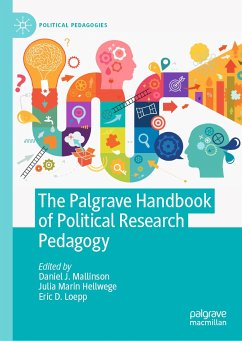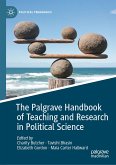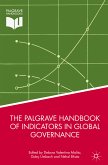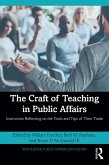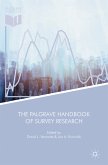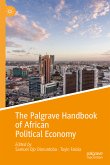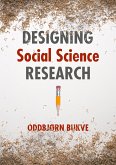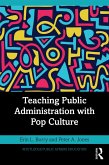"The Handbook provides an enjoyable and reflective read about the journeys of colleagues who have taught research and writing. You will be inspired by their wisdom and creativity. Undoubtedly, your own course design and how you approach learning will be impacted."
--Janet Box-Steffensmeier, APSA President (2020-21), Distinguished University Professor, The Ohio State University, USA
"In this Handbook, instructors will find a diverse and inspiring resource for teaching any course that has a research component. The breadth of personal knowledge in the chapters provide insights into the pedagogical thought process from a variety of perspectives, sparking both ideas for innovative assignments and rethinking of course goals."
--Rebecca Glazier, Associate Professor of Political Science, University of Arkansas at Little Rock, USA
"How do we thwart the authoritarians? One way is to teach our students to distinguish fact from fiction, quality research from social media rabbit holes. Mallinson, Marin Hellwege, and Loepp, along with their wide-ranging team of scholars, have written a book that should be on the desk of every political science teacher."
--Mark Carl Rom, Associate Professor of Government and Public Policy, Georgetown University, USA
This Handbook addresses why political science programs teach the research process and how instructors come to teach these courses and develop their pedagogy. Contributors offer diverse perspectives on pedagogy, student audience, and the role of research in their curricula. Across four sections-information literacy, research design, research methods, and research writing-authors share personal reflections that showcase the evolution of their pedagogy and best practices. This text focuses less on the technical substance of the research process and more on the experiences that have guided instructors' philosophies and practices related to teaching it.
Daniel J. Mallinson is an Assistant Professor of Public Policy and Administration at Penn State Harrisburg.
Julia Marin Hellwege is an Assistant Professor of Political Science at the University of South Dakota.
Eric D. Loepp is an Associate Professor of Political Science at the University of Wisconsin-Whitewater.
Dieser Download kann aus rechtlichen Gründen nur mit Rechnungsadresse in A, B, BG, CY, CZ, D, DK, EW, E, FIN, F, GR, HR, H, IRL, I, LT, L, LR, M, NL, PL, P, R, S, SLO, SK ausgeliefert werden.

